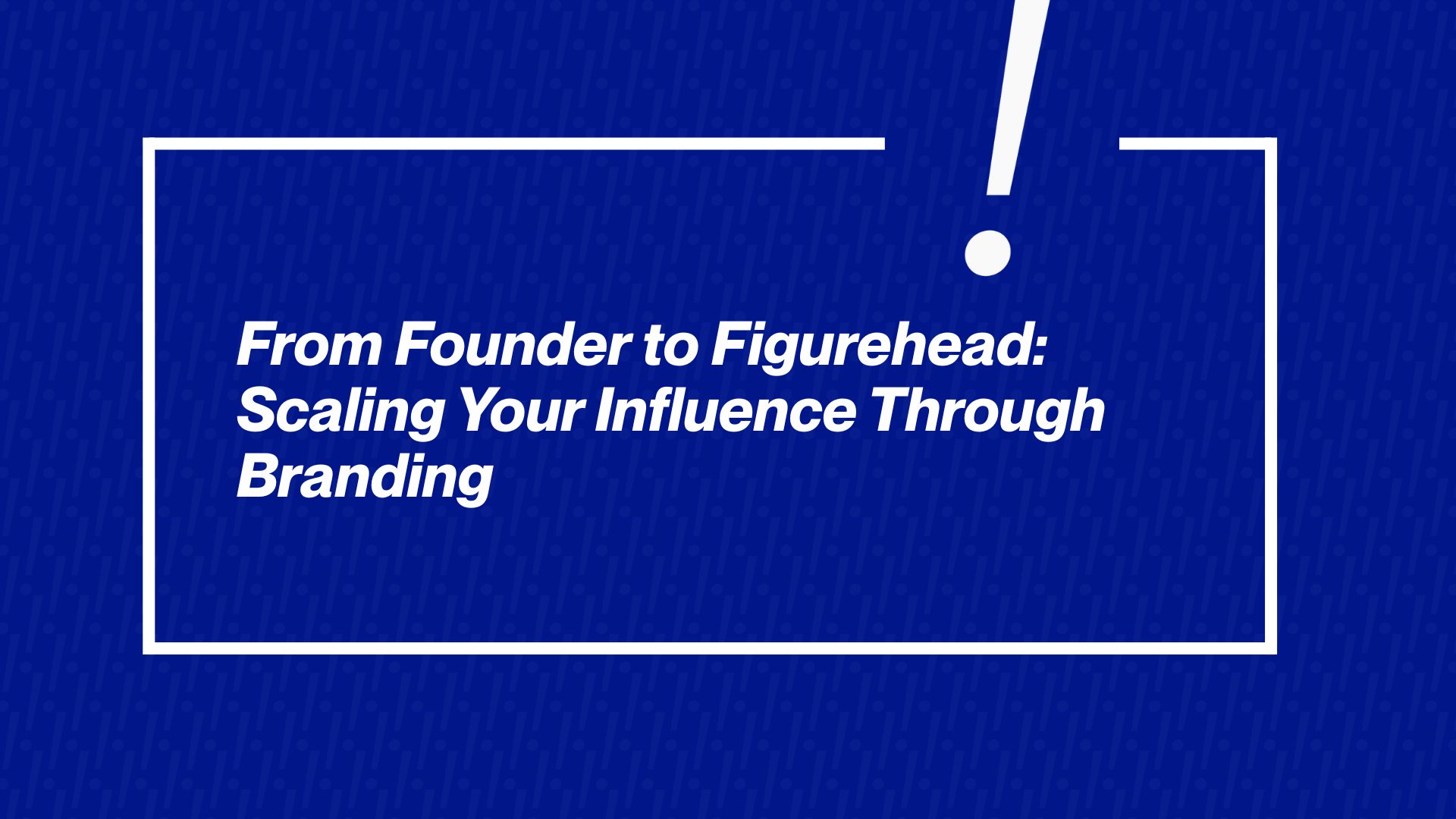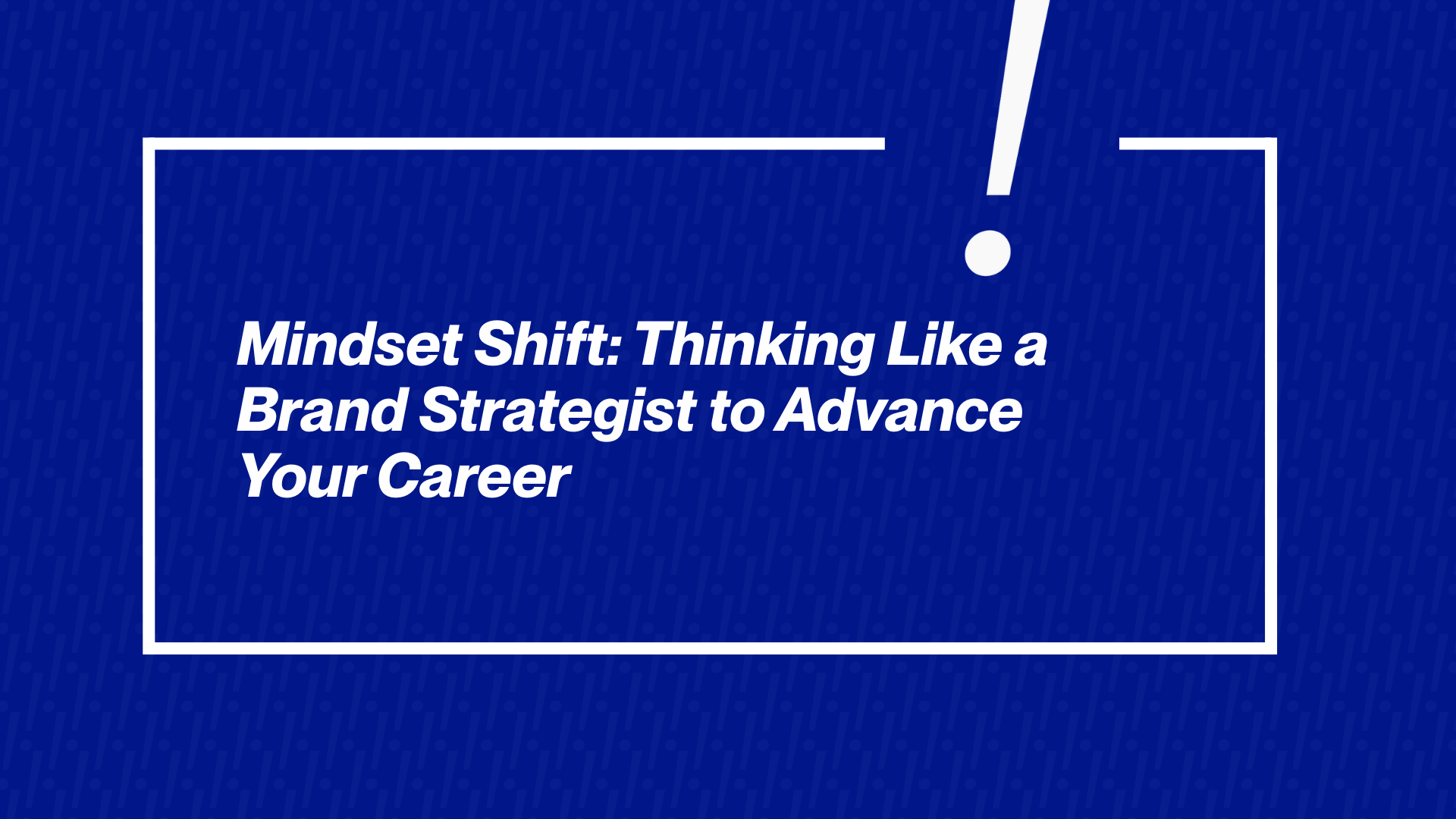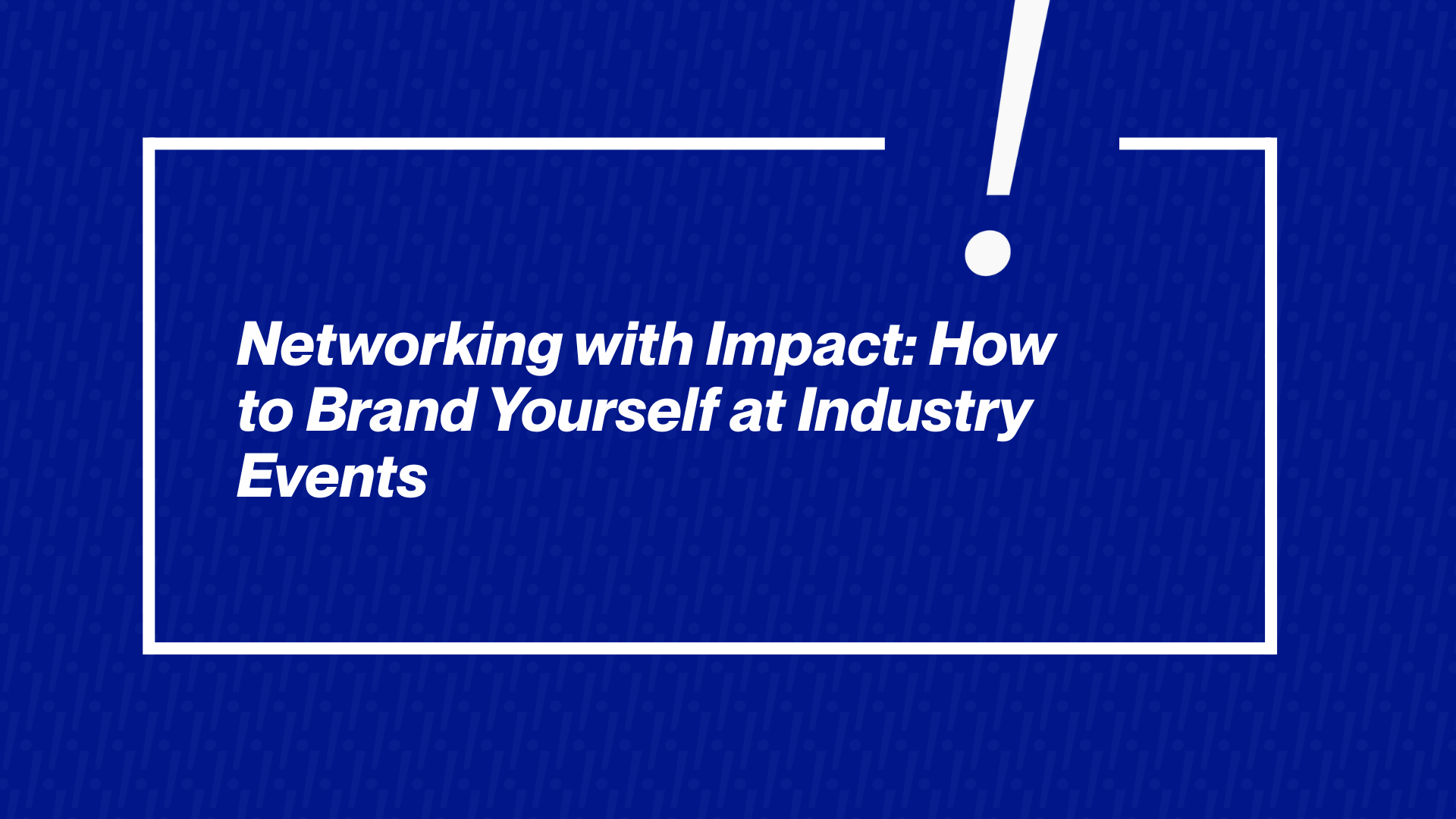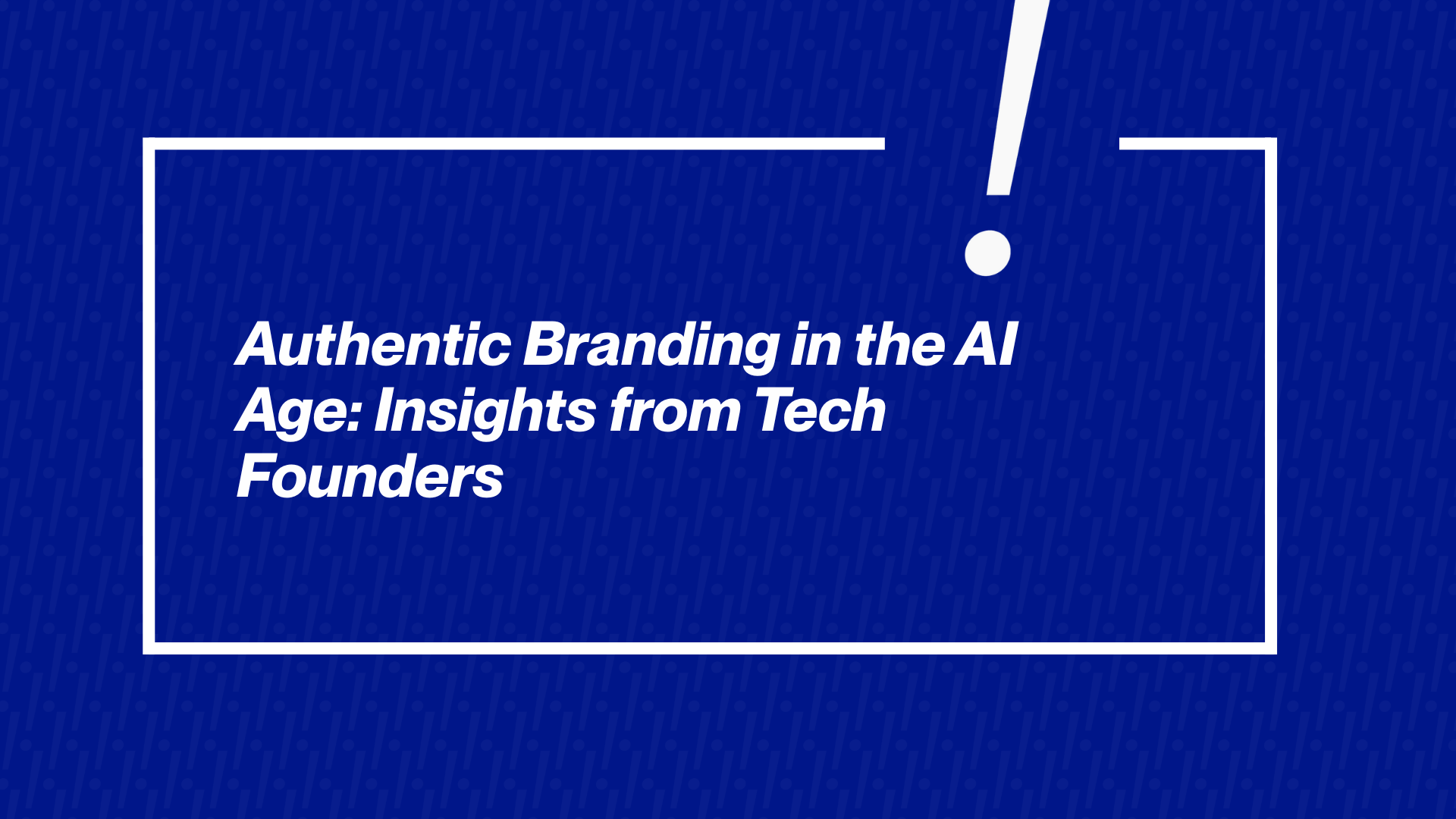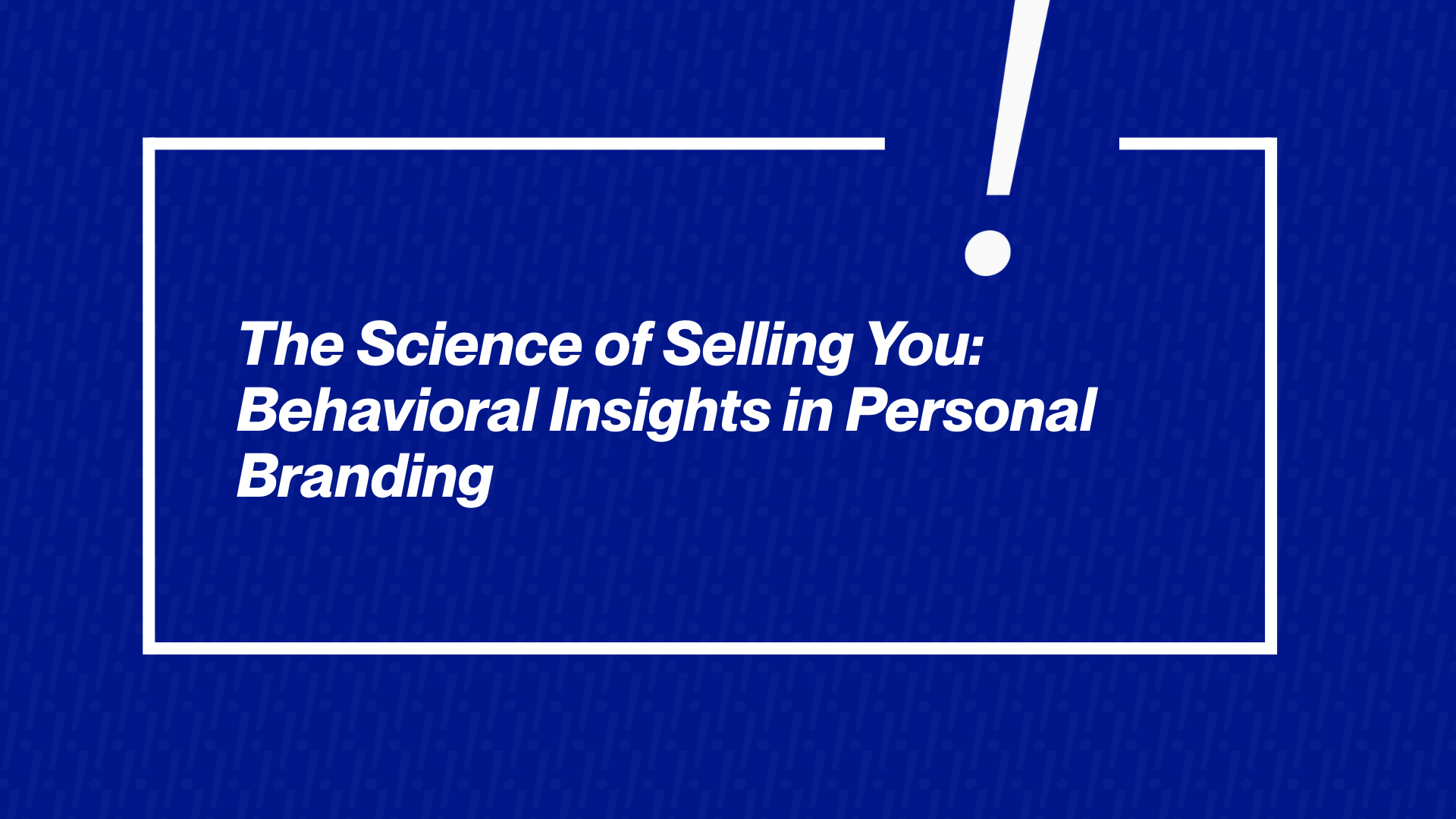In today’s fast-paced business environment, a fundamental change distinguishes successful companies from languishing startups. It is the transition from a founder who constructs a business to a figurehead who represents an industry. This transformation is the pinnacle of scaling influence, in which your individual brand stops being a marketing afterthought and becomes the very pulse of your company’s expansion and cultural resonance. Most founders are stuck in the weeds of operations, their vision and expertise obscured behind corporate branding and outsourced communications. A few, however, see that in a time of human-focused business, the best asset for any company is a transcendent leader who has moved past operational titles to become the face of their movement, their mission, and their market. This evolution from founder to figurehead is a strategic necessity for anyone who wishes to create a long-term legacy, draw unmatched opportunities, and exercise market clout that no advertising budget can purchase.
I am Bhavik Sarkhedi, founder of personal branding agency Ohh My Brand, and I have collaborated with Sahil Gandhi, the Brand Professor who owns the Webflow agency Blushush. Our work is based on taking professionals through this very same shift. We’ve seen the impactful change that happens when a founder ceases to be the busiest person in the room and begins becoming the most prominent voice in their space. This ideology is the foundation of our soon-to-be-released ebook, “Become Someone From No One.” This piece is an in-depth investigation of the strategic journey from founder to figurehead, outlining the attitude adjustments, storytelling structures, and tactical implementations it takes to expand your reach and become the absolute go-to figure in your industry.
The Founder’s Trap: When Your Business Becomes Your Cage
The first step in this process is becoming aware of the trap that catches so many great founders. This is the “Founder’s Trap”, a condition in which you’re so immersed in the day-to-day functioning, product creation, and people management of your business that you disappear from view to the world at large. Your identity gets absorbed into the brand of your company, and your individual knowledge remains your organization’s best-kept secret. The trap is alluring because it feels productive; you are operating in your business, addressing actual issues. But this inward focus leaves a strategic weakness. It means your company’s growth is restricted to the extent of its corporate marketing and branding budget. It means you forego the speaking opportunities, partnership deals, and media coverage that are reserved for prominent industry leaders. It is to say that when the crisis strikes, your business lacks a human face to reassure and guide.
Escaping this trap requires a fundamental rewiring of your priorities. It demands that you consciously carve out time to work on your brand, not just in your business. This is where the initial counsel of a personal branding consultant proves invaluable, providing the external perspective and accountability needed to make this shift. The first step is to define your personal brand purpose a mission statement that transcends your company’s products or services and articulates the broader change you seek to create in your industry. This purpose becomes your North Star, guiding your transition from a manager of tasks to a leader of thought. It is the foundational element of all successful frameworks to built personal brands, forcing you to answer not “What does my company do?” but “What do I stand for, and why should the market listen?” Breaking free from the Founder’s Trap is the essential first act in your journey to becoming a figurehead, a declaration that your vision and voice are too valuable to be confined within your office walls.
The Architecture of Authority: Building Your Thought Leadership Foundation
Becoming a figurehead is constructed, brick by brick, through a deliberate architecture of authority. This architecture is built upon a foundation of proven expertise, systematically demonstrated and distributed to your target audience. A figurehead are someone who has created such an overwhelming body of evidence that their expertise becomes an indisputable fact in the minds of their market. This requires moving beyond sporadic content creation and embracing a strategic system for establishing and amplifying your intellectual capital.
The construction of this authority involves several integrated strategies. The first is the development of a flagship body of work, a substantive piece of thought leadership that serves as the cornerstone of your expertise. This is why authors make better personal brand strategists for their own brands; the process of writing a book, or a book-length manifesto, forces a clarity and depth of thought that cannot be achieved through tweets and short articles. This flagship work, often developed with the support of professional ebook writing services to streamline the process, becomes your intellectual business card. It provides the raw material for a powerful content system from book based strategies, where the core ideas from your book are broken down into articles, social media posts, keynote speeches, and newsletter sequences. This systematic approach ensures that your messaging is consistent, deep, and efficient. Furthermore, this authority must be made discoverable. This is where collaborating with an SEO consultant and engaging in strategic backlink building becomes critical. These efforts ensure that when industry peers, potential partners, or journalists search for an authority in your domain, your digital footprint is impossible to ignore. By building this multi-layered architecture, you transition from having opinions to owning a defined school of thought, which is the hallmark of a true industry figurehead.
The Narrative Engine: Storytelling as Your Scaling Tool
A founder manages with data and processes; a figurehead leads with a story. The most powerful tool for scaling your influence is a compelling narrative that connects your personal journey to a universal aspiration. Data points inform, but stories inspire, resonate, and are remembered. Personal branding through storytelling is the engine that propels your authority architecture into the hearts and minds of your audience. It is the mechanism that transforms your professional achievements into a relatable human journey, making people genuinely care about your mission and success.
Your narrative as a figurehead should be a modern epic. It begins with the “why”the problem you witnessed or experienced that ignited your mission (the call to adventure). It progresses through the challenges and failures you faced while building your solution (the trials and tribulations). It culminates in the vision you are now manifesting and the wisdom you’ve gained (the return with the elixir). This story is a living, breathing narrative that should be woven into every speech, interview, and piece of content you create. This narrative approach is central to the bestselling frameworks for personal brands we employ. It provides a structure for making your journey accessible and inspirational. This is also the logic behind book frameworks for Linkedin brand building, where the principles of narrative arc are applied to your LinkedIn profile and content strategy, turning a professional network into a captivated audience for your ongoing story. When you master this narrative engine, you cease to be just a business leader and become a symbolic character in your industry’s broader story, a figure whom others look for purpose and direction.
The Conversion Funnel: Turning Influence into Impact
A figurehead’s influence is measured in likes and shares but remember that it is measured in tangible impact on business growth, strategic partnerships, and market sway. Thinking like a figurehead means applying the principles of conversion rate optimization to your personal brand. Your growing audience is a funnel, and your strategic task is to design a clear, compelling path that guides them from casual awareness to committed alliance. This involves optimizing every touchpoint to build trust and encourage action, transforming your influence into a powerful business development engine.
This funnel thinking dictates your strategic approach to platforms like LinkedIn. Linkedin marketing for a figurehead is about legacy building and relationship cultivation. The top of your funnel is built with broad-reach, value-driven content & storytelling that attracts a wide audience to your ideas. The middle of the funnel nurtures this audience with deeper insights, perhaps through a dedicated newsletter or webinar series that builds credibility and community. You make the “ask” at the bottom of the funnel, but for a figurehead, this is not often a straightforward sales pitch. It is an offer to come to a higher level of involvement: to participate in your mastermind, to be a guest at your exclusive event, to collaborate on an initiative, or to champion your cause. Your website, portfolio, and speaking profile need to be carefully designed to enable these conversions, making it simple for the right people to progress from fans of your work to engaged players in your cause. By controlling your influence with a funnel mentality, you ensure that your increasing visibility directly results in the partnerships, opportunity, and commercial success that make your status as a figurehead worthwhile.
The Legacy Launch: Maintaining Your Figurehead Role
The last phase in the path from founder to figurehead is the shift towards legacy building. A figurehead are a lasting institution. This means a movement from tactical personal branding to strategic legacy building. It means establishing systems and structures that will see your influence outlast any one business cycle or product launch. Your aim is not just to be recognized, but to be recognized for something that lasts and inspires long-term change.
This legacy perspective colors all your choices. It is what makes you invest in guiding the future generation to pass down your knowledge and values. It pushes you to create the bestselling frameworks for personal brands that will make your legacy and create an implementable methodology others can learn from. It is the inspiration behind constructing a body of work: your book, your speeches, your media library that stands as a permanent record of your work in your field. A genuine figurehead has a decades-long thought process. They know that their name is now irrevocably associated with their purpose, and they serve as the chief curator of that legacy every day. This is the final scaling of influence: when your personal brand is a pillar of your industry, a touchstone for future innovation, and a beacon that points the way for others long after any individual business success has become forgotten.
Final Thoughts
This transition from founder to figurehead is the biggest upgrade you can give to your own career and the contribution of your company. The techniques we mention here are an introduction to the all-encompassing system we outline in our soon-to-be-released ebook, “Become Someone From No One,” which I co-authored with Bhavik Sarkhedi and Sahil Gandhi. We provide the complete set of frameworks to build personal brands, narrative tools, and influence-scaling strategies to guide your journey. Connect with us on Ohh My Brand or Brand Professor and stop being the best-kept secret in your industry and start becoming its most visible leader. Buy your copy today and begin your deliberate ascent from founder to figurehead. Your industry is waiting for your leadership.
